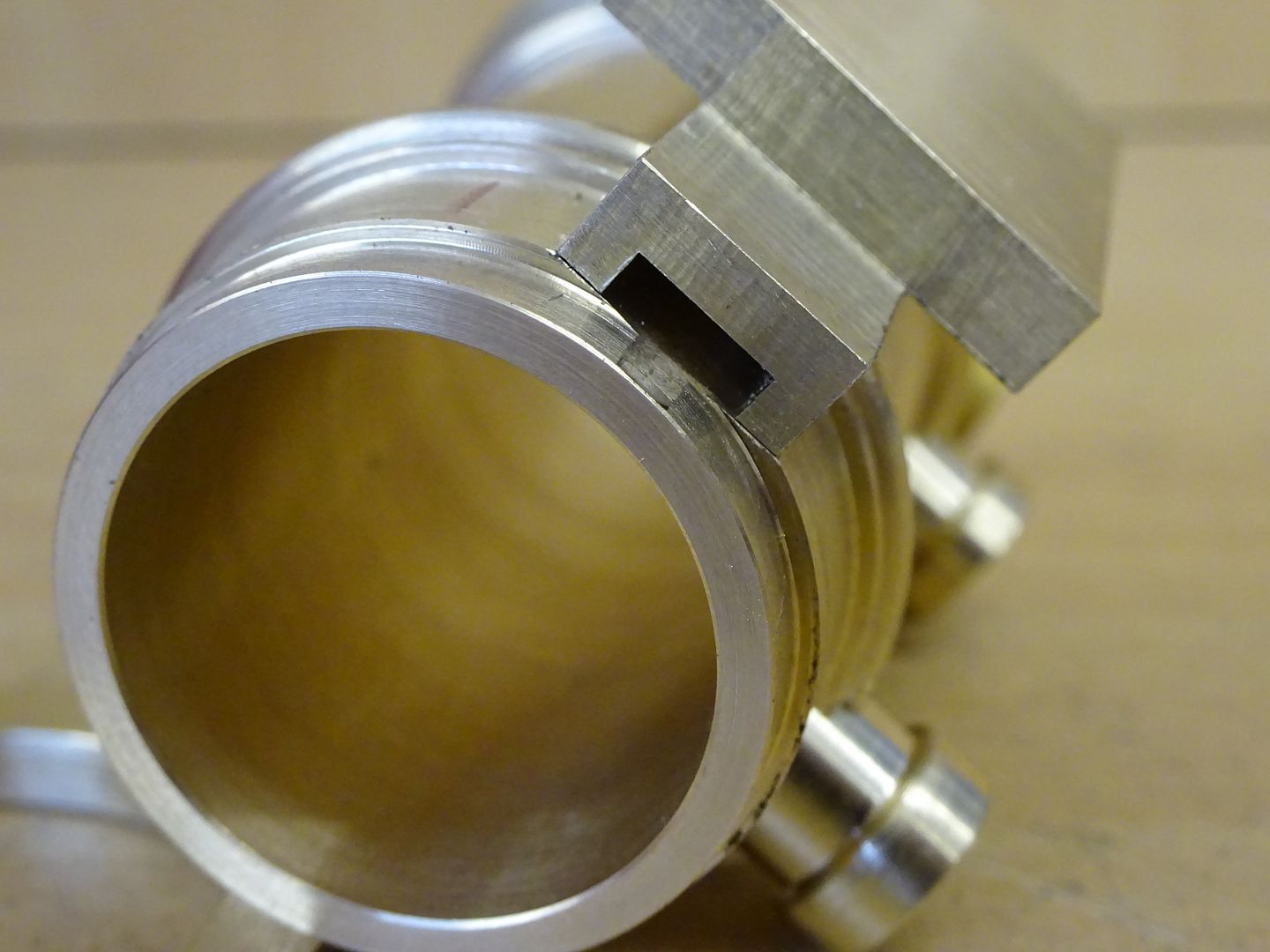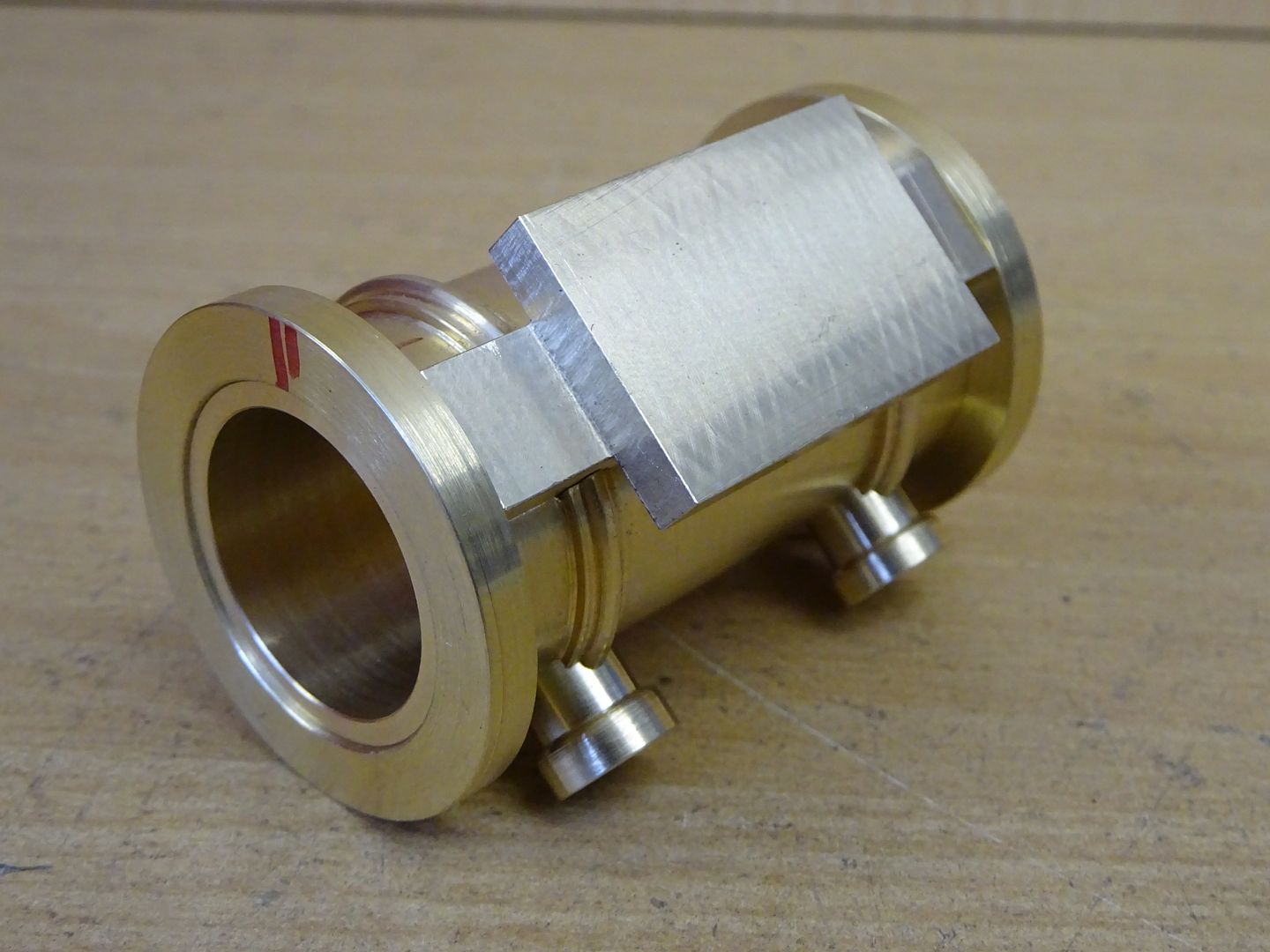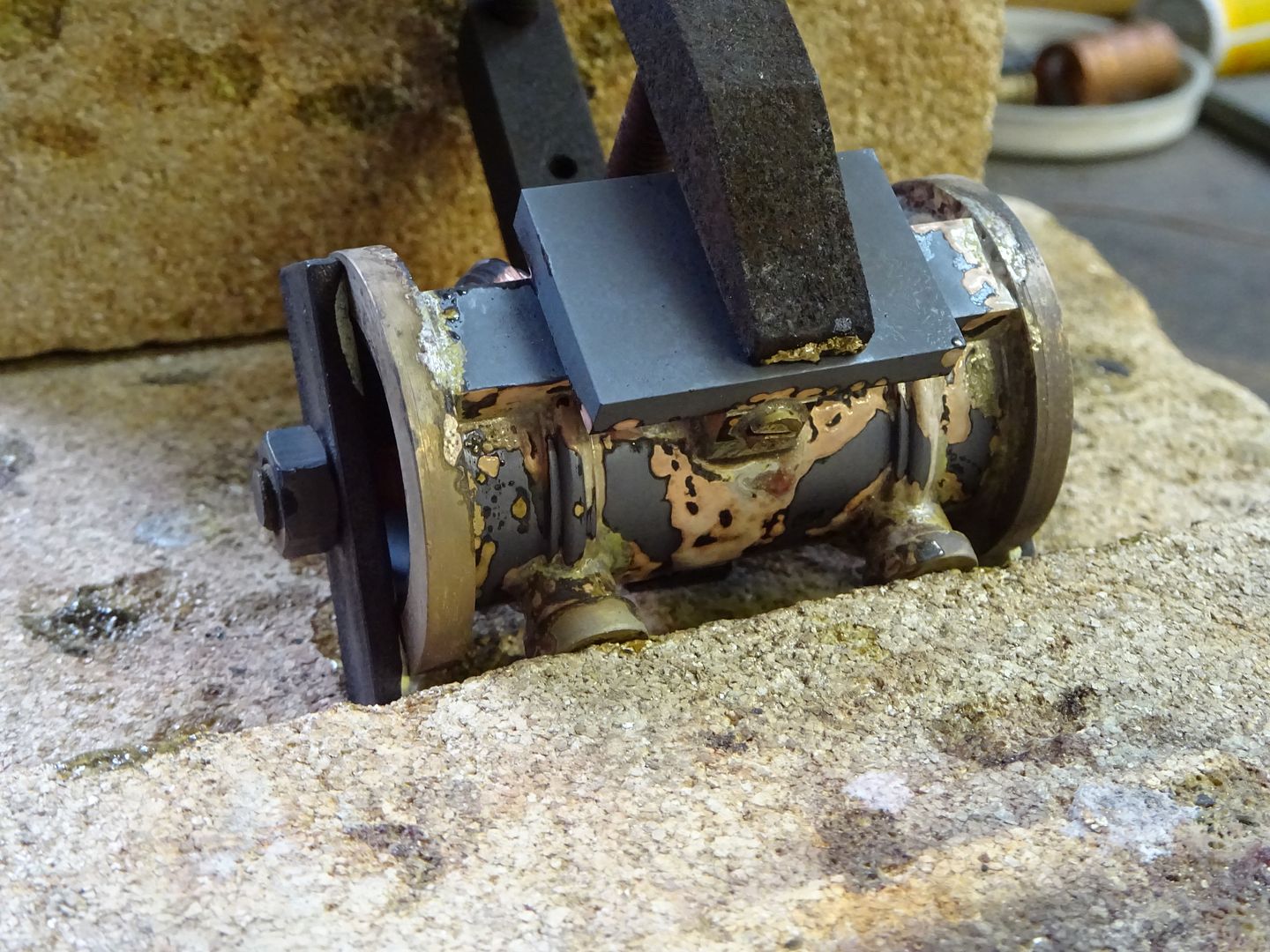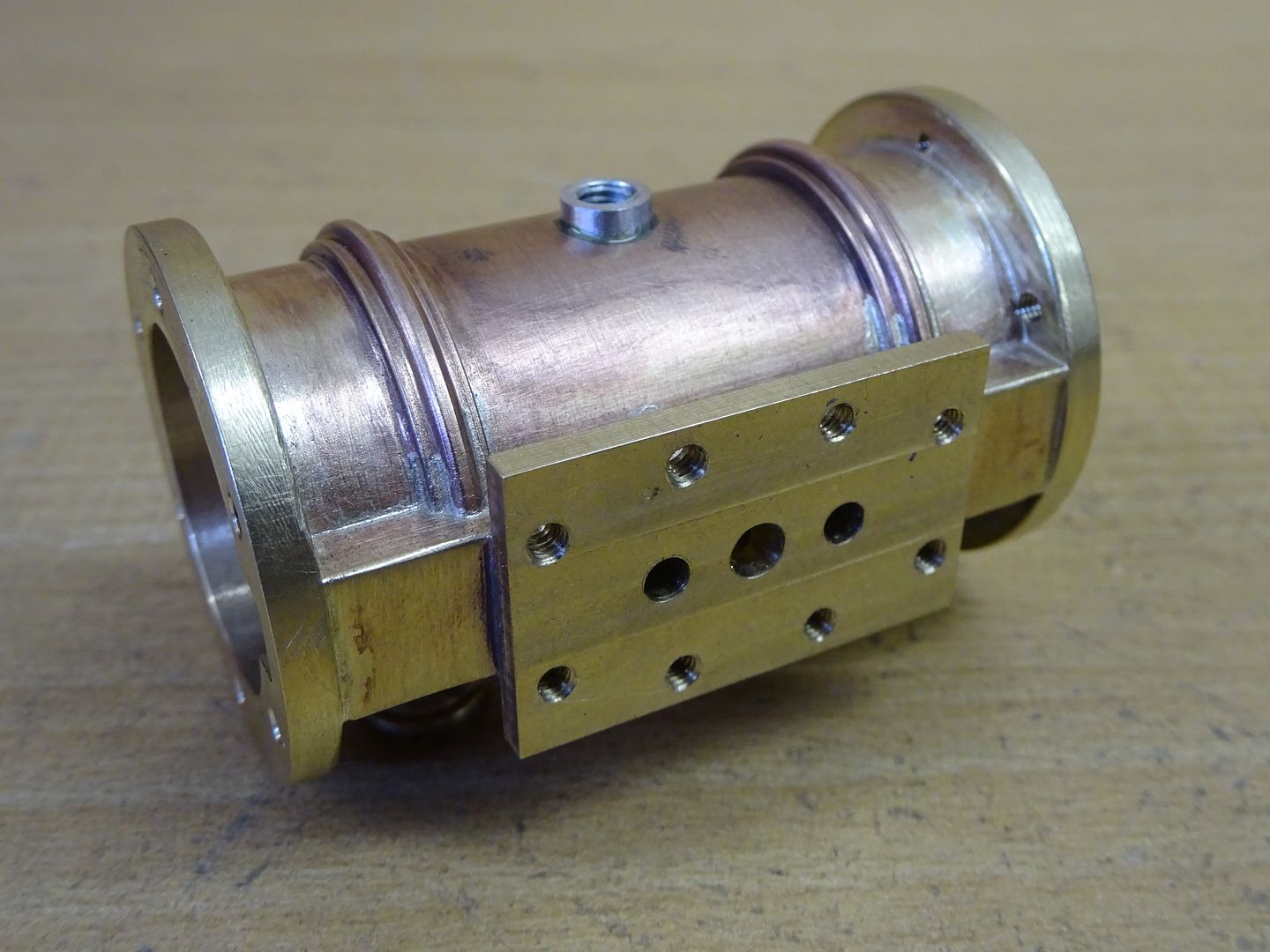Back in the day, I did an awful lot of brazing, I've done a lot of electronics soldering, some copper plumbing and a little silver soldering. I also have a friend who braze-repairs faulty bronze castings. Its my understanding that when brazing iron or steel, the choice of stick alloy depends in part on the desired local alloy effect. I was told the braze joint is actually stronger than the surrounding steel - if done well. And you can braze cast iron (but you can't weld it) - handy for broken castings. I once brazed a broken pot belly stove.
As far as silver solder is concerned, if you want the good stuff I'd look at jewelers supplies, and it is silver so it will be expensive! I wouldn't trust 1/16th. I don't know about the metallurgy of plumbers solder on copper, but its basically just molten lead glue (which proper silver soldering isn't.)
As usual, clean surfaces and the right flux in the right places in the right amounts. We used to mix the powder flux into a water based paste, paint it on joints before assembly, clamp together, let dry, and wipe off external flux. The braze - or silver solder, will only flow where the flux is, and when it is at temperature. Neophytes think you heat to solder or braze rod. You don't. You heat the parent metal until the solder melts on contact.








